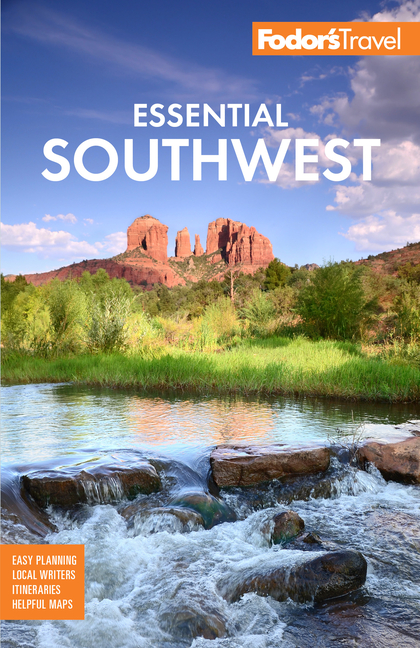Getting Oriented
Interstate 25 forms the primary north–south corridor through the region, roughly tracing the Old Santa Fe Trail and providing easy access to key towns like Las Vegas and Raton from Albuquerque and Santa Fe to the south, and Colorado to the north. Another key route through the region is east–west U.S. 64, which crosses east over the mountains from Taos into Cimarron and then continues through Raton to Clayton. Otherwise, northeastern New Mexico is mostly traversed by minor state highways and even less-utilized forest and ranch roads, some of these unpaved.
Santa Fe Trail Country. In the mid-19th century, this vast tract of grasslands and prairies, along with the eastern foothills of the Sangre de Cristo range, became the gateway to New Mexico for American settlers headed here from the Midwest. Towns along the Santa Fe Trail's modern offspring, Interstate 25—notably Raton and Las Vegas—remain popular overnight breaks for visitors road-tripping to the Land of Enchantment from Colorado, Kansas, and the Oklahoma and Texas panhandles.
This region has among the lowest population density in the country and is more a linear path of modest, old-time historic sites and lost-in-time hamlets than it is a major vacation destination—most travelers come here on the way to or from Santa Fe, Taos, and Albuquerque, or as meandering daytrips abundant with photo ops, underutilized parks and wildlife refuges, and curious museums.
Off the interstate, villages like Clayton, Cimarron, and Mora seem barely changed over the past few decades and are reached via lone two-lane highways through some of the state's most breathtaking scenery.




